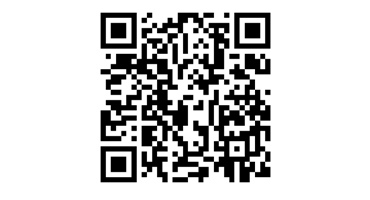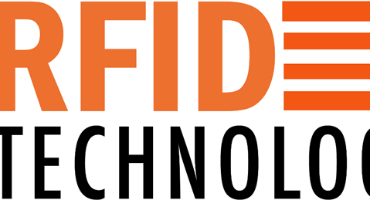QR (Quick Response) codes are two-dimensional (2D) barcodes invented by Denso Wave ( Japan) in 1994 to store large amounts of data, including text, URLs, contact info, and payment details, in a small, two-dimensional pattern of black and white squares. They are read by smartphone cameras, which act as scanners, and offer rapid data access by providing hyperlinks to digital destinations or initiating transactions. Key features include data redundancy for error correction, position markers for accurate scanning, and a surrounding "quiet zone" to define their boundaries.
What is a QR Code?
Definition - QR (Quick Response) codes is a two-dimensional (2D) barcode that uses a pattern of black squares on a white background to store information in a matrix format.
Purpose - To provide a faster and higher-capacity way to store and access data compared to traditional linear barcodes.
Origin - Developed in 1994 by Denso Wave, a Japanese subsidiary of Toyota, to track automotive parts more accurately during manufacturing.
How does QR Codes barcodes Work:
Scanning - You can use your smartphone's camera (which functions as a scanner) to point at the QR code.
Data Encoding - Information is encoded in binary code (1s and 0s) within the pattern of squares.
Error Correction - QR codes include redundant data using Reed-Solomon error correction, allowing them to be read even if part of the code is damaged or obscured, according to Wikipedia.
Position Markers - Three large squares in the corners (finder patterns) and a smaller square help the scanner identify the code's orientation and boundaries, enabling it to be read from any angle.
Quiet Zone - A blank border surrounds the QR code, helping the scanner to distinguish it from other elements on the page.
What sorts of information is Stored on a QR (Quick Response) codes barcodes:
URLs: The most common use, linking to websites or apps.
Text: Up to 4,000 alphanumeric characters.
Contact Data: Cards containing names, addresses, and phone numbers.
Calendar Events: Allowing users to add events to their calendars.
Payment Information: Facilitating digital payments by encoding transactional details.
Wi-Fi Credentials: Enabling quick connection to a network by storing SSID and password.
Common Uses:
Marketing - Linking to promotional content, coupons, or digital menus.
Payments - Streamlining transactions by allowing users to pay by scanning a code.
App Downloads - Directing users to download an app from the App Store or Google Play.
Contact Sharing - Exchanging contact information via QR codes on business cards or websites.
Further details:
QR code, short for quick-response code, is a type of two-dimensional matrix barcode invented in 1994 by Masahiro Hara of the Japanese company Denso Wave for labelling automobile parts. It features black squares on a white background with fiducial markers, readable by imaging devices like cameras, and processed using Reed–Solomon error correction until the image can be appropriately interpreted. The required data is then extracted from patterns that are present in both the horizontal and the vertical components of the QR image.
Whereas a barcode is a machine-readable optical image that contains information specific to the labelled item, the QR code contains the data for a locator, an identifier, and web-tracking. To store data efficiently, QR codes use four standardised modes of encoding: numeric, alphanumeric, byte or binary, and kanji. Compared to standard UPC barcodes, the QR labelling system was applied beyond the automobile industry because of faster reading of the optical image and greater data-storage capacity in applications such as product tracking, item identification, time tracking, document management, and general marketing.



